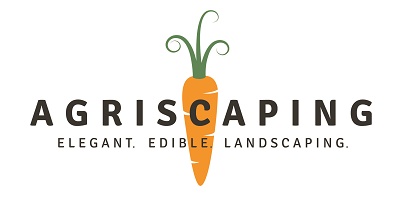Designing Elegant Edible Landscapes: Tips for Sustainability and Beauty

When it comes to gardening in the desert Southwest, homeowners want more than just functional spaces. They want beauty and productivity. Designing elegant edible landscapes can help you achieve both goals. This approach, often called Agriscaping, blends the aesthetic appeal of traditional landscaping with the practicality of growing your own food. Plus, it can be done in a way that aligns with HOA and city regulations.
In this post, we will explore how to integrate edible plants into your landscape design while maintaining a beautiful and functional space. We will also offer tips on maximizing sustainability and creating a landscape that thrives in the desert climate.

What is Agriscaping?
Agriscaping combines landscaping with agriculture. The idea is to create a landscape that looks good and feeds you. By strategically placing edible plants, you can create a garden that is as functional as it is beautiful. In the desert Southwest, this approach is especially valuable because it allows you to conserve water while growing food.
The key to success with Agriscaping is choosing the right plants and designing your space with intention. You want to select plants that thrive in your region and complement your overall landscape design.
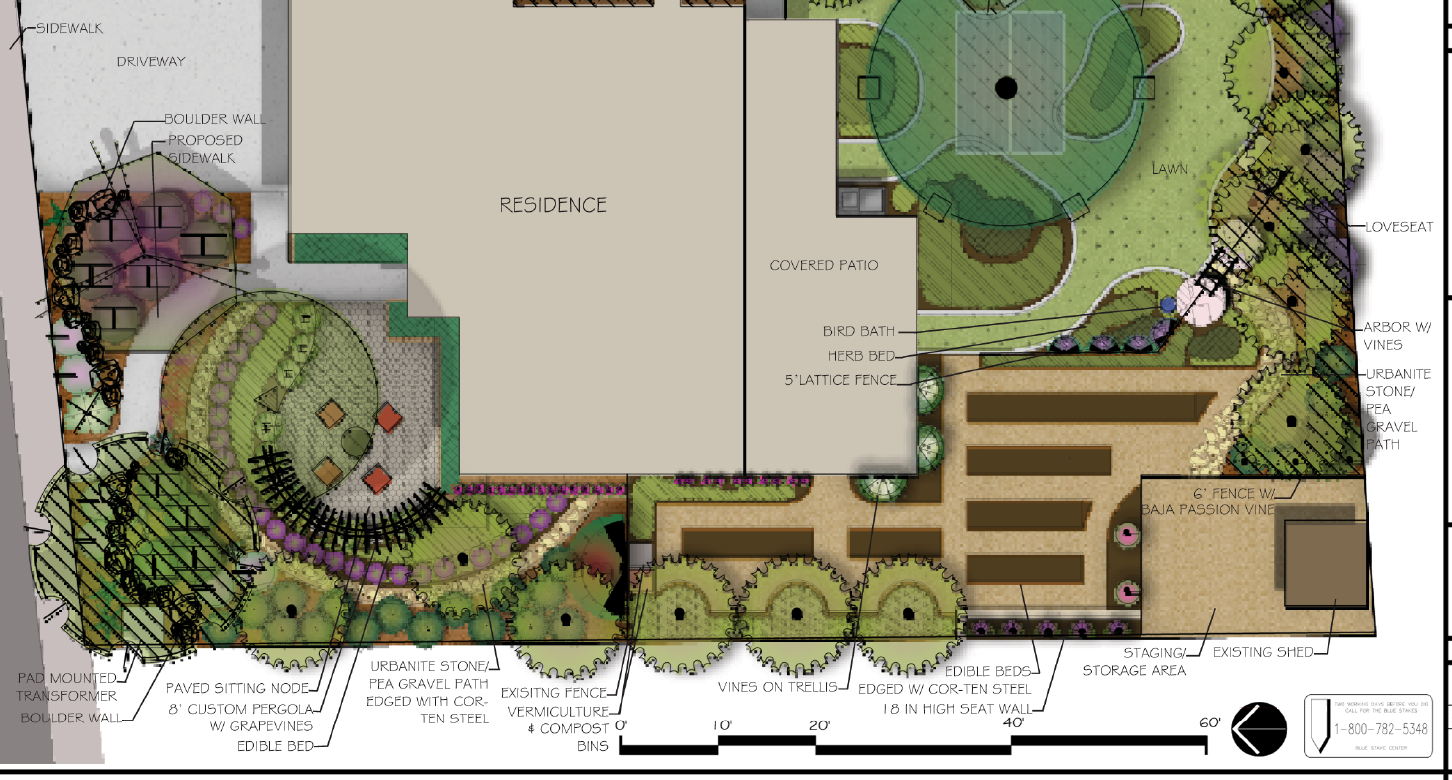
Tips for Designing Elegant Edible Landscapes
1. Start with a Plan
Before you start planting, it’s important to have a plan in place. Think about the layout of your yard and how you can incorporate edible plants into your existing landscape. Look at your garden’s sunny spots and consider how much space you have for different plants.
When designing an elegant edible landscape, keep the overall aesthetics in mind. Edible plants can be as beautiful as ornamental plants when used correctly. For example, herbs like lavender, rosemary, and thyme can add texture and color to your garden while serving a practical purpose.

2. Choose the Right Plants for Your Climate
In the desert Southwest, water is a precious resource. Designing an edible landscape that thrives in the heat and conserves water is essential. When selecting plants, consider drought-tolerant varieties. Some excellent options include:
- Citrus trees: Lemons, limes, and oranges thrive in the desert. They add height and structure to your garden.
- Herbs: Basil, thyme, and rosemary grow well in the desert heat and can be used for culinary purposes.
- Vegetables: Tomatoes, peppers, and squash can be integrated into your landscape design. These plants not only produce food but also add visual interest.
Choosing native or adapted plants helps reduce water use and ensures your landscape will thrive. Also, group plants with similar water needs together to make irrigation easier.
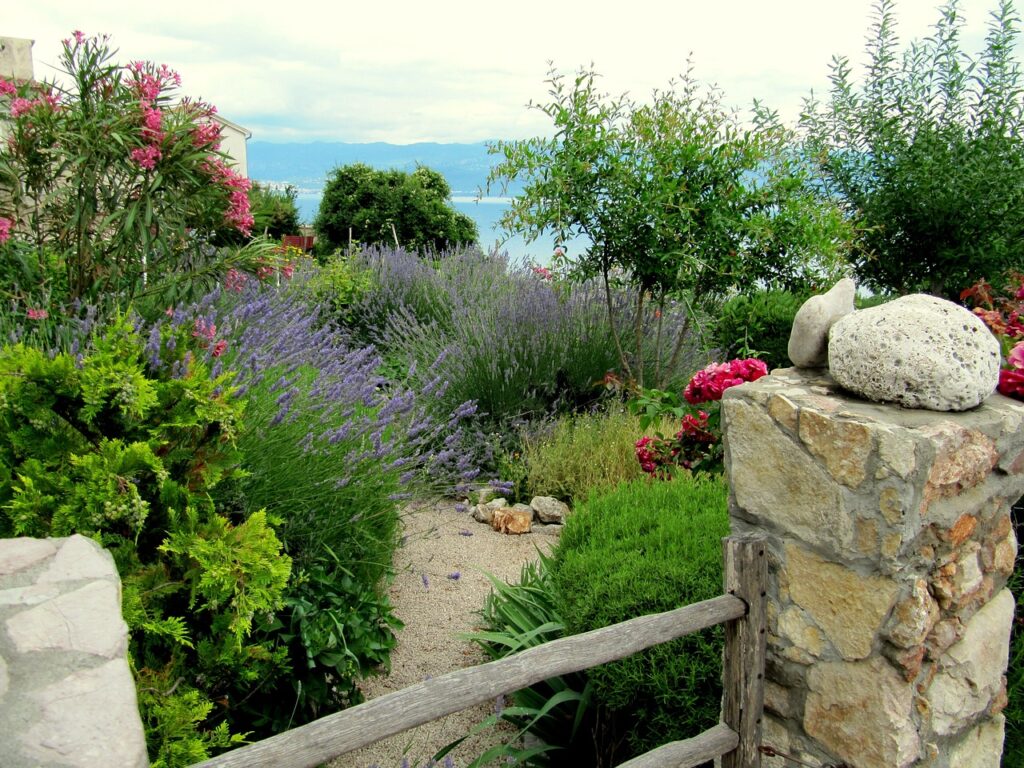
3. Follow HOA and City Guidelines
When designing elegant edible landscapes, it’s important to ensure you’re following HOA and city regulations. Some homeowners’ associations have strict guidelines about what types of plants are allowed. They may also have rules about plant height and where you can plant certain types of vegetation.
Before starting your project, check with your HOA and local government. By doing this upfront, you can avoid potential issues later. It’s also helpful to use edible plants that are less obvious to passersby. For example, choose plants like artichokes or herbs instead of more traditional vegetable garden setups. These options can help you blend edible plants into a more formal landscape.
Sustainable Practices for Your Edible Landscape
Sustainability is a key element of Agriscaping. By creating an edible landscape that conserves resources and promotes biodiversity, you can enjoy a beautiful space while also being environmentally conscious. Here are a few tips to help you design a sustainable landscape:
1. Use Drip Irrigation

Drip irrigation is one of the most efficient ways to water your plants. This system delivers water directly to the roots, reducing evaporation and ensuring that your plants get the water they need. It’s especially beneficial in the desert Southwest, where water conservation is a top priority.
Installing a drip irrigation system can be a smart investment. It allows you to water your plants more efficiently and can even save you money on your water bill in the long run.
2. Incorporate Mulch
Mulching is another great way to conserve water in your edible landscape. By adding a layer of mulch around your plants, you can help retain moisture in the soil and reduce evaporation. Organic mulch, like wood chips or straw, can also add nutrients to the soil as it decomposes.
For the desert Southwest, a good layer of mulch helps protect your plants from the intense heat. It can also prevent weeds from sprouting, reducing the amount of time you need to spend on maintenance.
3. Compost to Enrich the Soil
Healthy soil is the foundation of any successful garden. Composting is a sustainable way to enrich your soil and provide your plants with essential nutrients. By using kitchen scraps, leaves, and other organic materials, you can create nutrient-rich compost that improves soil structure and water retention.
Adding compost to your garden can help reduce the need for chemical fertilizers. It’s an eco-friendly practice that benefits your plants and helps create a more sustainable garden.
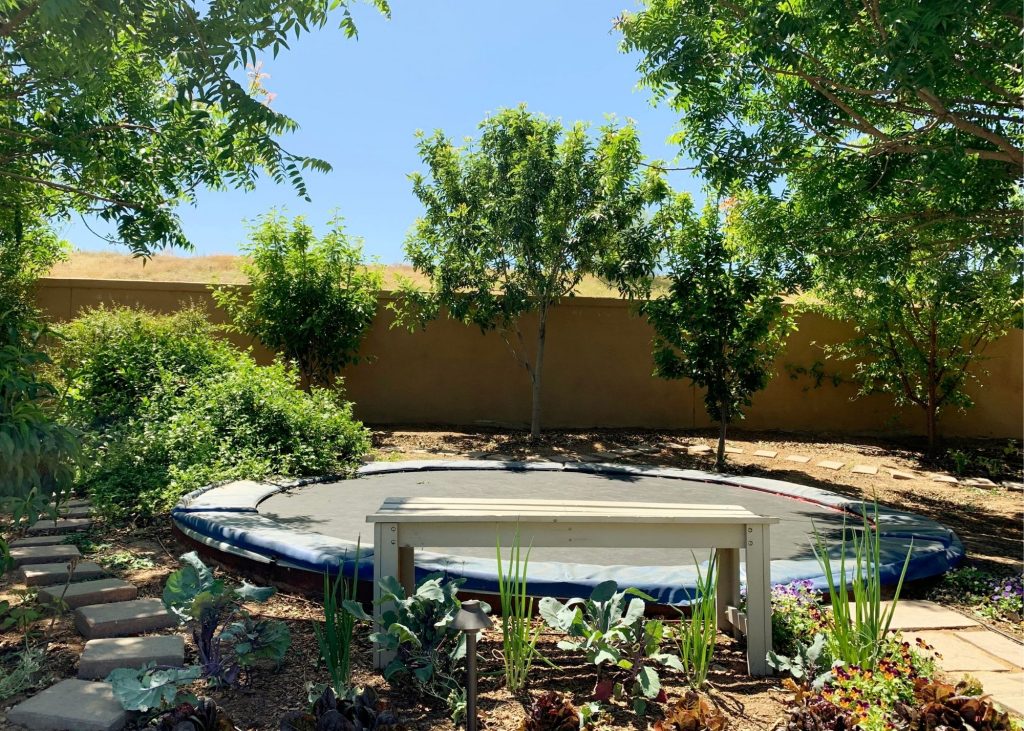
Balancing Beauty and Functionality
One of the main goals of designing elegant edible landscapes is finding the perfect balance between beauty and functionality. The good news is that edible plants can be just as attractive as ornamental plants. By carefully selecting plants and placing them strategically in your landscape, you can create a space that is both visually appealing and productive.
1. Create Layers for Visual Interest
One way to add beauty to your edible landscape is by creating layers. Use trees, shrubs, and ground covers to create a multi-dimensional space. For example, you can plant citrus trees as the highest layer, followed by medium-height plants like artichokes or lavender. Use low-growing herbs like thyme or oregano as ground cover.
By layering plants, you add depth and interest to your garden. This approach also allows you to make the most of your space by growing plants at different heights.
2. Incorporate Color and Texture
When designing your edible landscape, don’t be afraid to play with color and texture. Edible plants come in a wide range of colors, from the deep green of kale to the bright orange of nasturtiums. You can also add texture by mixing plants with different leaf shapes and sizes.
For example, combine the spiky leaves of artichokes with the soft, feathery foliage of dill. Mix bright flowers like marigolds with deep green herbs to create visual contrast. By incorporating different colors and textures, you can create a landscape that is both beautiful and functional.
Designing Elegant Edible Landscapes Can Transform Your Garden Space
Designing elegant edible landscapes allows you to create a garden that is both stunning and practical. With careful planning, the right plant choices, and sustainable practices, you can transform your outdoor space into a productive and beautiful oasis. Plus, by following HOA and city regulations, you ensure that your landscape design is compliant and enjoyable for everyone.

Read Our Latest Posts…
- A Garden-Fresh Christmas: Agriscaping Tips for a Festive and Sustainable Holiday
 Expert tips for desert gardening, from plant zoning and efficient irrigation to soil care and agriscaping for a sustainable landscape.
Expert tips for desert gardening, from plant zoning and efficient irrigation to soil care and agriscaping for a sustainable landscape. - 7 Garden Design Themes for Your Elegant Edible Landscape
 Expert tips for desert gardening, from plant zoning and efficient irrigation to soil care and agriscaping for a sustainable landscape.
Expert tips for desert gardening, from plant zoning and efficient irrigation to soil care and agriscaping for a sustainable landscape. - Subterranean Trampoline Gardens: A Hidden Oasis for Growing and Playing
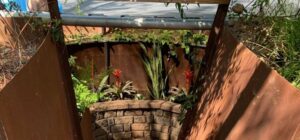 Expert tips for desert gardening, from plant zoning and efficient irrigation to soil care and agriscaping for a sustainable landscape.
Expert tips for desert gardening, from plant zoning and efficient irrigation to soil care and agriscaping for a sustainable landscape. - 7 Elegant Edible Flowers To Be Thankful For
 Expert tips for desert gardening, from plant zoning and efficient irrigation to soil care and agriscaping for a sustainable landscape.
Expert tips for desert gardening, from plant zoning and efficient irrigation to soil care and agriscaping for a sustainable landscape. - Top 10 Winter Wonders: Beautiful and Edible Flowers for the Cool Season
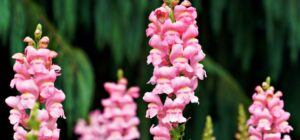 Expert tips for desert gardening, from plant zoning and efficient irrigation to soil care and agriscaping for a sustainable landscape.
Expert tips for desert gardening, from plant zoning and efficient irrigation to soil care and agriscaping for a sustainable landscape.
